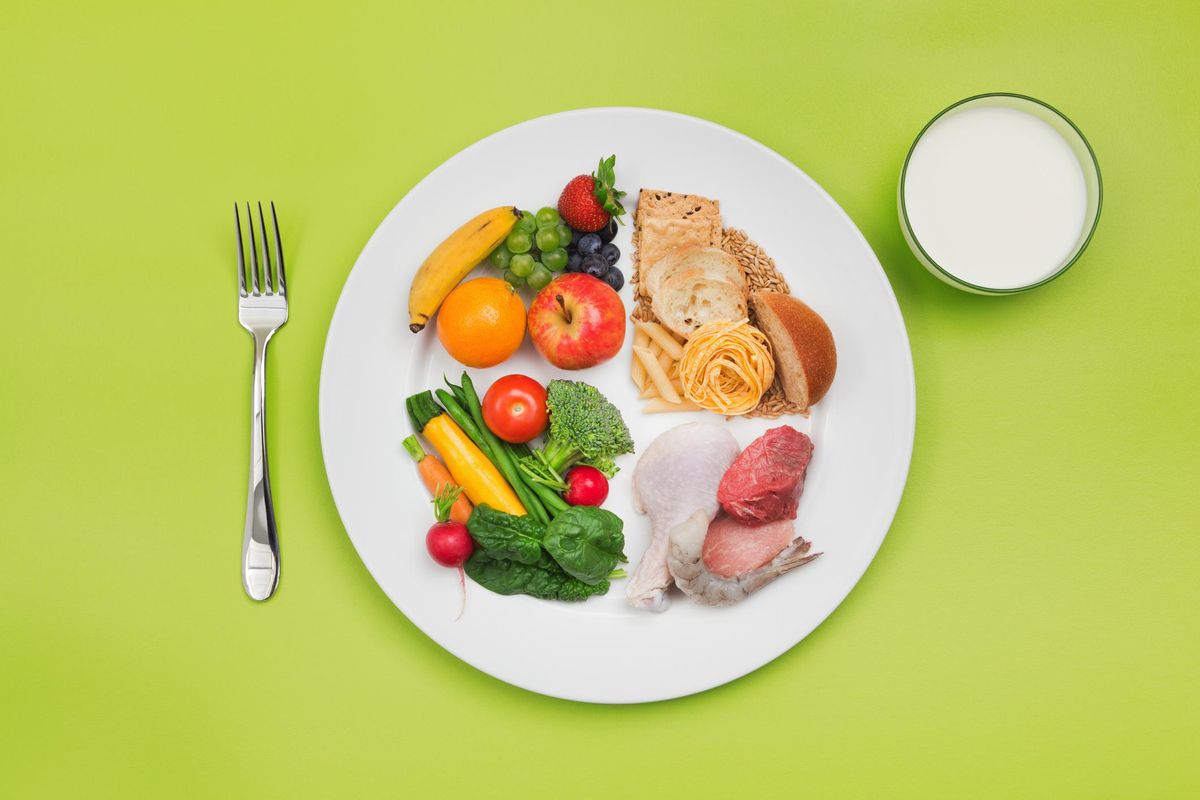

Sheryl Kraft
Sheryl Kraft, a freelance writer and breast cancer survivor, was born in Long Beach, New York. She currently lives in Connecticut with her husband Alan and dog Chloe, where her nest is empty of her two sons Jonathan. Sheryl writes articles and essays on breast cancer and contributes to a variety of publications and websites where she writes on general health and wellness issues. She earned her MFA in writing from Sarah Lawrence College in 2005.
Full BioLearn about our editorial policies
Medically Reviewed
This article has been archived. We will no longer be updating it. For our most up-to-date information, please visit our obesity information here.
You may have noticed the demise of the old way of the government's system of illustrating what and how much we should be eating. Although there are some critics of the new system, I think its clarity and logic are far superior to the old approach. I personally found it both confusing and tough to relate to a pyramid (unless perhaps you were visiting or living in or around Egypt).
Part of the message: enjoy your food, but eat less of it. That's always been my way of thinking. Huge portions get so many of us into trouble. It's no surprise that obesity has climbed along with the growth of the amount of food served in most restaurants and (especially) fast-food joints.
Obesity is spotlighted as a critical public-health problem in the new Dietary Guidelines for Americans. In addition to offering specific dietary recommendations, the guidelines offer strong evidence for weight-loss strategies like: focusing on the total number of calories consumed, monitoring your food intake by keeping track of what you eat; taking care when eating out by choosing smaller portions or lower-calorie options; practicing portion control at home; eating a nutrient-dense breakfast; and limiting screen time.
You might be interested in





